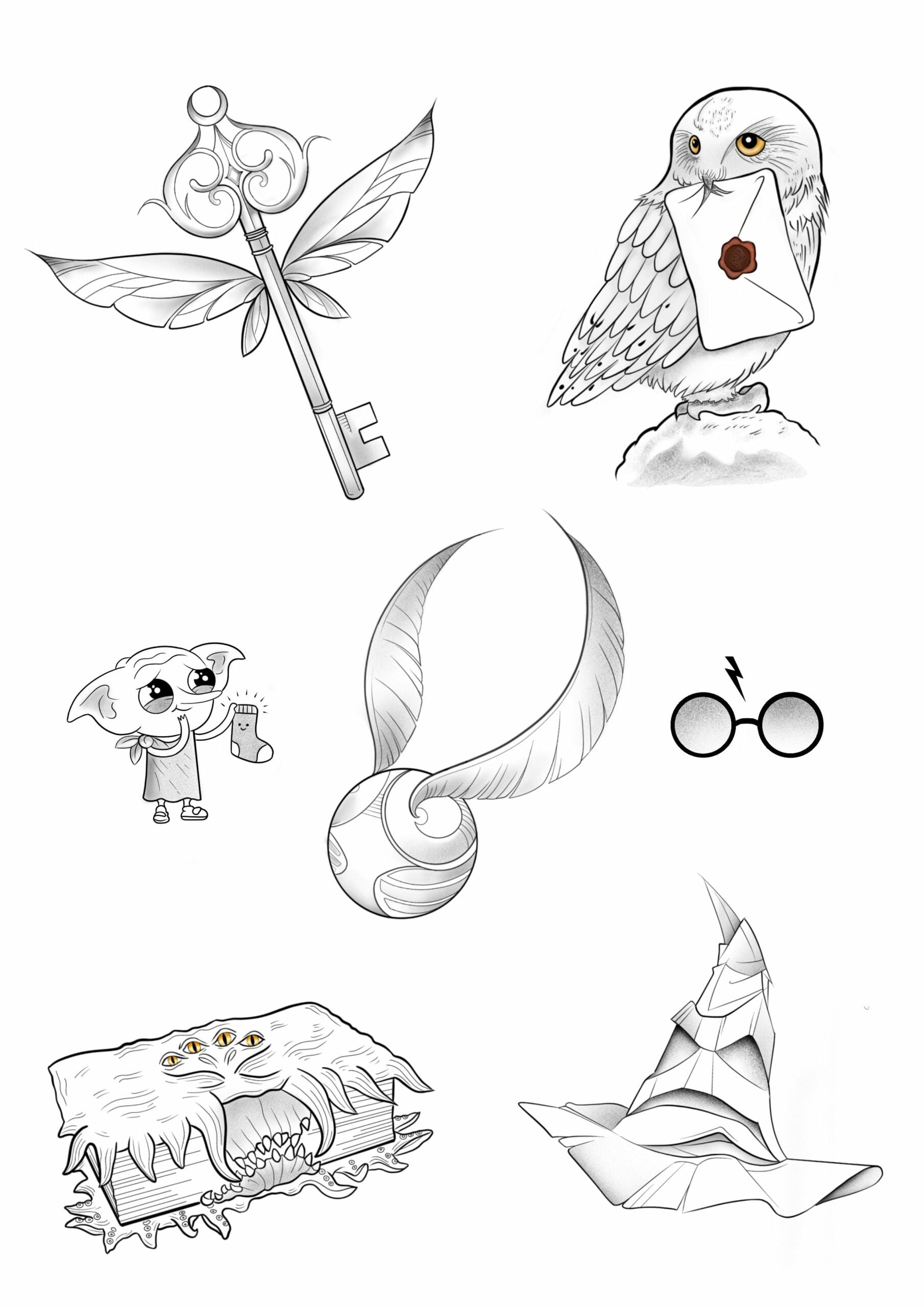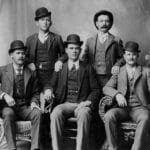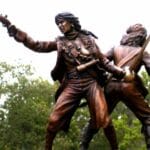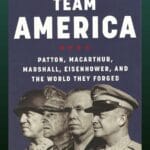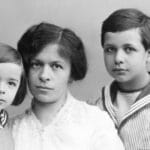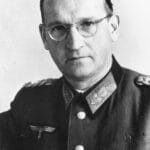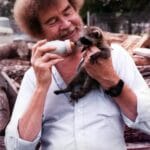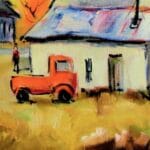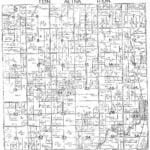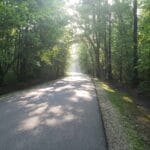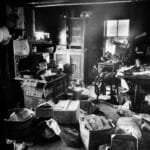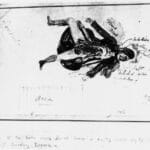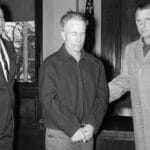Delving into the Legend of the Sundance Kid
The Wild West has always captivated our imaginations with tales of mystery and adventure, and at the heart of these stories are enigmatic figures like Harry Longabaugh, better known as the Sundance Kid. Even today, his life and exploits continue to intrigue us.
Born in 1867 in the unassuming town of Mont Clare, Pennsylvania, young Harry likely never envisioned a future as one of America’s most notorious outlaws. But fate, as it often does, had other plans.
From Farm Boy to “Sundance Kid”: The Birth of an Outlaw
In 1887, at the age of 20, Harry’s life took a sharp turn. Caught stealing a horse and saddle, a serious offense in those days, he was branded with the nickname “The Sundance Kid,” a moniker that would forever tie him to the Wild West. This incident, though seemingly insignificant compared to his later exploits, would become the foundation of his infamous reputation.
The Wild Bunch and the Making of a Legend
Harry’s encounter with Butch Cassidy, an outlaw already building a name for himself, proved to be a pivotal moment. Together, they formed the core of the Wild Bunch, a gang of daring outlaws whose reputation for cunning and audacity spread like wildfire. Harry, known for his sharp mind and exceptional marksmanship, became Butch’s trusted right-hand man. Their daring heists, targeting banks and trains, quickly became the stuff of legends whispered in saloons and recounted in newspapers across the nation.
Adding another layer of intrigue to Harry’s story is his relationship with Etta Place, a schoolteacher who, for reasons that remain a mystery, abandoned her life to join the Wild Bunch. This alliance suggests a depth to the Sundance Kid’s character that continues to fascinate historians today. Was she drawn to his charisma, his sense of adventure, or was there something more to their connection?
Escape to South America: The Legend Grows
As the Wild Bunch’s notoriety grew, so did the pressure from lawmen. Seeking refuge, they fled to South America, with Harry and Etta in tow. It’s here, amidst the vast landscapes of Argentina and Bolivia, that their story takes an even more fascinating turn.
Legend has it that they attempted to leave their life of crime behind, seeking a fresh start in a new land. But old habits die hard, and whispers of their past followed them. The official story claims that Butch and Sundance met their end in a blaze of glory, gunned down during a shootout with Bolivian authorities in 1908. However, doubts linger. Some historians suggest they may have survived, their true fate lost to the mists of time.
The Sundance Kid on the Silver Screen: Fact Meets Fiction
The 1969 film “Butch Cassidy and the Sundance Kid” cemented their story in popular culture, transforming them into iconic figures. While the movie captures the essence of their friendship and daring heists, it also employs creative liberties, blurring the lines between history and Hollywood storytelling.
Why Was He Called Sundance Kid? – Outperforming the Competition
Why Was He Called Sundance Kid?
The Sundance Kid’s infamous moniker wasn’t a badge of honor, but a mark of his first brush with the law. Ironically, the town where Harry Longabaugh earned his notorious nickname became synonymous with the glamour of the Wild West.
I. Early Life & The Incident:
- Birth Name: Harry Alonzo Longabaugh
- Born: 1867 in Mont Clare, Pennsylvania
- Early Life: Youngest of five children, left home around age 15
- 1887: At age 20, while traveling near Sundance, Wyoming, he stole a horse, gun, and saddle.
- Imprisonment: Apprehended and served time in the Sundance jail from August 1887 to February 1889.
- Significance: This marked his only known imprisonment and is where he likely acquired the nickname “Sundance Kid.”
II. The Nickname’s Origin:
- No Direct Evidence: The exact origin and who coined the nickname is uncertain. However, it’s highly plausible it originated during or after his time in Sundance.
- Common Practice: Outlaws often adopted aliases based on locations, occupations, or physical characteristics.
- Town’s Notoriety: Sundance, a frontier town, was already known for its association with outlaws and lawlessness.
III. Life After Sundance:
- Outlaw Life: The nickname stuck as Longabaugh became a notorious outlaw and prominent member of Butch Cassidy’s Wild Bunch.
- Aliases: He used other aliases like Frank Smith, H.A. Brown, Harry A. Place, and Harry Long.
- Enduring Legacy: Despite the lack of clarity on the nickname’s exact origins, “Sundance Kid” became inseparable from his legend and the romanticized image of the Wild West, especially through popular culture depictions like the film “Butch Cassidy and the Sundance Kid” (1969).
Unraveling the Mystery: What Really Happened to Butch Cassidy and the Sundance Kid?
The Mystery Endures
The legend of Butch Cassidy and the Sundance Kid hinges on a final, fiery confrontation in Bolivia, yet the truth remains shrouded in mystery and speculation. While history books may declare their demise in a hail of bullets, whispers of Butch and Sundance’s survival persisted, fueled by unconfirmed sightings and unsubstantiated claims.
What We Know
- 1890s: Butch Cassidy (Robert LeRoy Parker) and the Sundance Kid (Harry Longabaugh) rise to infamy as leaders of the Wild Bunch, robbing banks and trains throughout the American West.
- Early 1900s: The gang is forced to disperse due to mounting pressure from law enforcement, including the relentless Pinkerton Detective Agency.
- 1901: Seeking a fresh start, Butch Cassidy, the Sundance Kid, and Etta Place (Sundance’s companion) escape to South America, settling initially in Argentina.
- 1905: Old habits die hard, and the trio reportedly resumes robbing banks and trains in Argentina and Bolivia.
- November 1908: A fateful shootout erupts between the outlaws and Bolivian authorities in San Vicente, Bolivia. Two men, believed by some to be Butch and Sundance, are killed.
- Post-1908: Rumors and accounts surface claiming Butch and Sundance survived the shootout and lived out their days in the United States, adding to the enduring mystery.
Evidence and Controversy:
- The San Vicente Shootout: Accounts vary, but most agree two American outlaws were killed in a confrontation with Bolivian soldiers.
- Body Identification: The bodies were identified by a courier who had encountered the outlaws previously, but the identification was not conclusive and remains disputed.
- Forensic Analysis: In the 1990s, the alleged gravesite in Bolivia was exhumed, but DNA testing did not match Butch or Sundance, further fueling the debate.
- Unconfirmed Sightings: Numerous reports of Butch and Sundance living in the U.S. after 1908 persist, though none have been definitively proven.
The Commonly Accepted Narrative:
- Cornered in Bolivia after years on the run, Butch Cassidy and the Sundance Kid engage in a final, fatal shootout with authorities.
- This version of events is based primarily on accounts from the time, including those of Bolivian officials and witnesses to the shootout.
- The bodies of the two outlaws were supposedly buried in an unmarked grave in San Vicente.
Challenges to the Official Story:
- Lack of Definitive Proof: No official records or documentation definitively prove the bodies belonged to Butch and Sundance.
- Forensic Evidence: DNA testing of the remains exhumed from the alleged gravesite did not match known relatives of Butch and Sundance.
- Conflicting Accounts: Eyewitness accounts of the shootout in San Vicente contain discrepancies, leaving room for doubt.
- Post-1908 Sightings: Numerous individuals claimed to have encountered Butch and Sundance in the United States after their supposed deaths. While most are unsubstantiated, they contribute to the enduring mystery.
Is Butch Cassidy and the Sundance Kid Based on a True Story? Unveiling the Facts and Fiction
More Than Just a Hollywood Tale
While romanticized on the silver screen, Butch Cassidy and the Sundance Kid were real-life outlaws whose exploits captivated a nation. From humble beginnings to notorious bandits, the duo’s journey into outlawry, marked by train and bank robberies, provides a glimpse into the Wild West’s lawlessness.
Separating Fact from Fiction
- Real Names & Origins:
- Butch Cassidy: Born Robert Leroy Parker on April 13, 1866.
- Sundance Kid: Born Harry Alonzo Longabaugh in 1867.
- Early Lives:
- Cassidy worked on ranches before turning to crime.
- Little is definitively known about the Sundance Kid’s early life.
- The Wild Bunch:
- Both were members of the infamous Wild Bunch gang, responsible for numerous robberies.
- Gang’s Exploits;
- Targeted trains and banks across the American West, employing daring tactics.
- Elusive Figures:
- Their ability to evade law enforcement for years added to their notoriety.
- Escape from Justice:
- Around 1901, with authorities closing in, they fled to South America with Sundance’s girlfriend, Etta Place.
- Life in Argentina and Bolivia:
- Attempted to start new lives as ranchers but allegedly returned to robbing banks.
- Alleged Shootout in Bolivia (1908):
- Most accounts claim they were killed in a shootout with Bolivian authorities.
- Debate and Unconfirmed Sightings:
- No conclusive proof of their deaths exists, leading to persistent rumors of survival and sightings even after 1908.
If you want to know more about the contributions of Hans Albert to the field of sociology, then click on the link.
If you are interested in learning about the relationship between Hans Albert Einstein and his father, Albert Einstein, then this link will take you there.
Those who are intrigued by the Old West and want to delve deeper into the life of Harry Alonzo Longabaugh, also known as the Sundance Kid, can click on the link provided.
- Discover Fort Jones, Siskiyou County: A Historic Gem in California’s Majestic Scenery - November 24, 2024
- Green Charter Township Grapples with Growth: Gotion Plant Sparks Debate in Mecosta County, MI - November 24, 2024
- Jehovah’s Witnesses and Mormons: A Comparative Look at Beliefs and Practices - November 24, 2024
